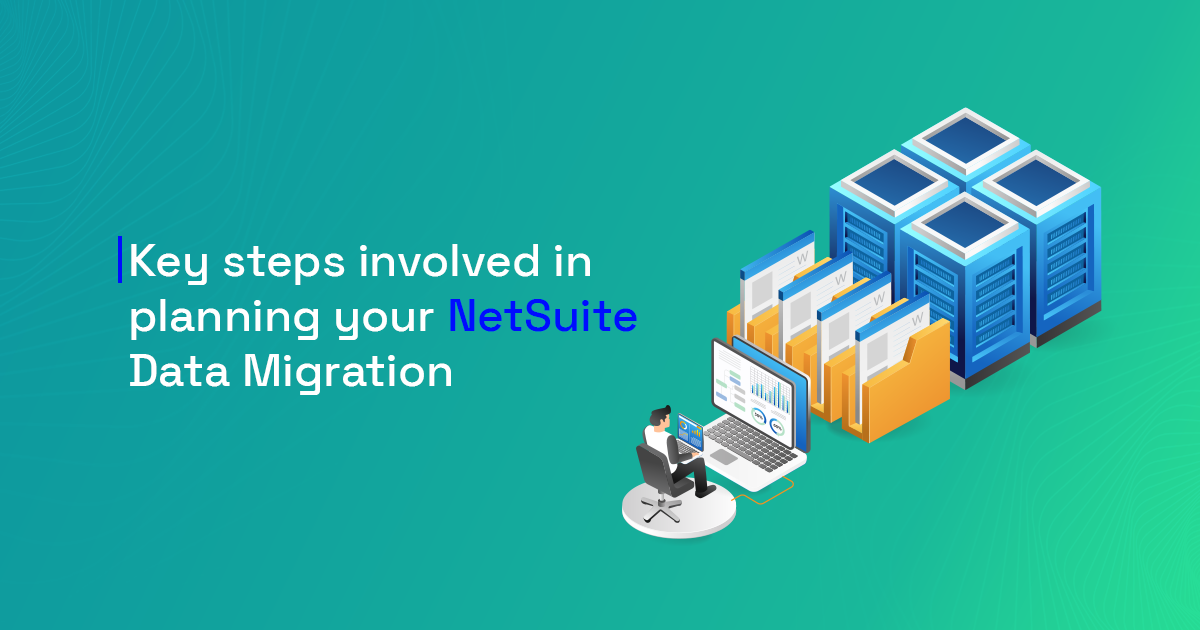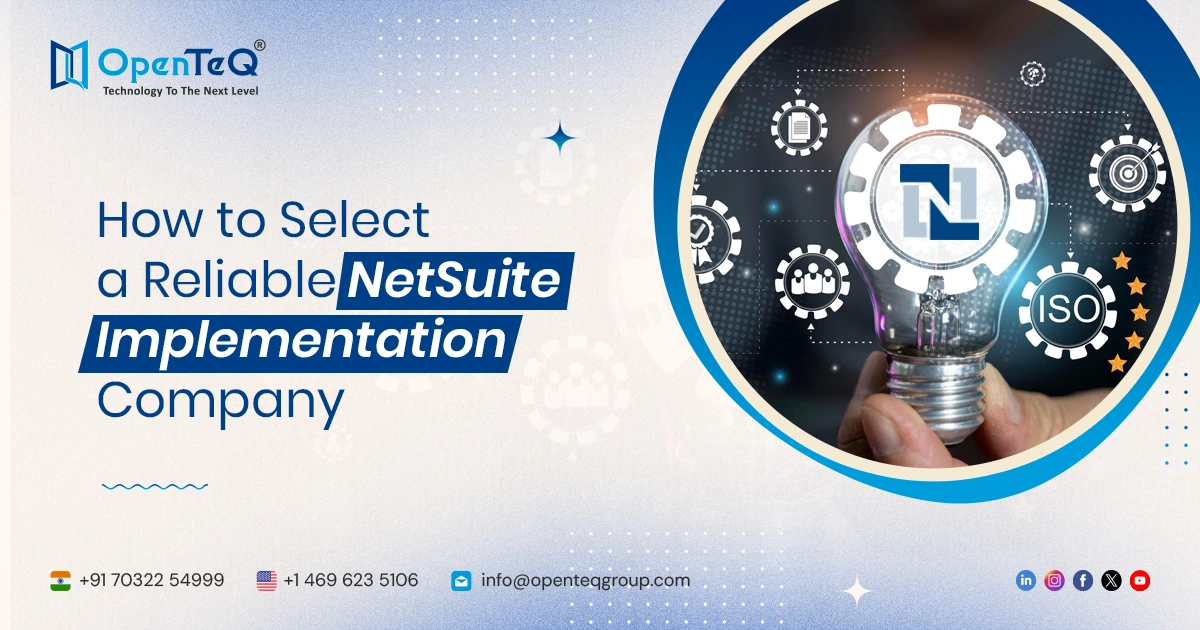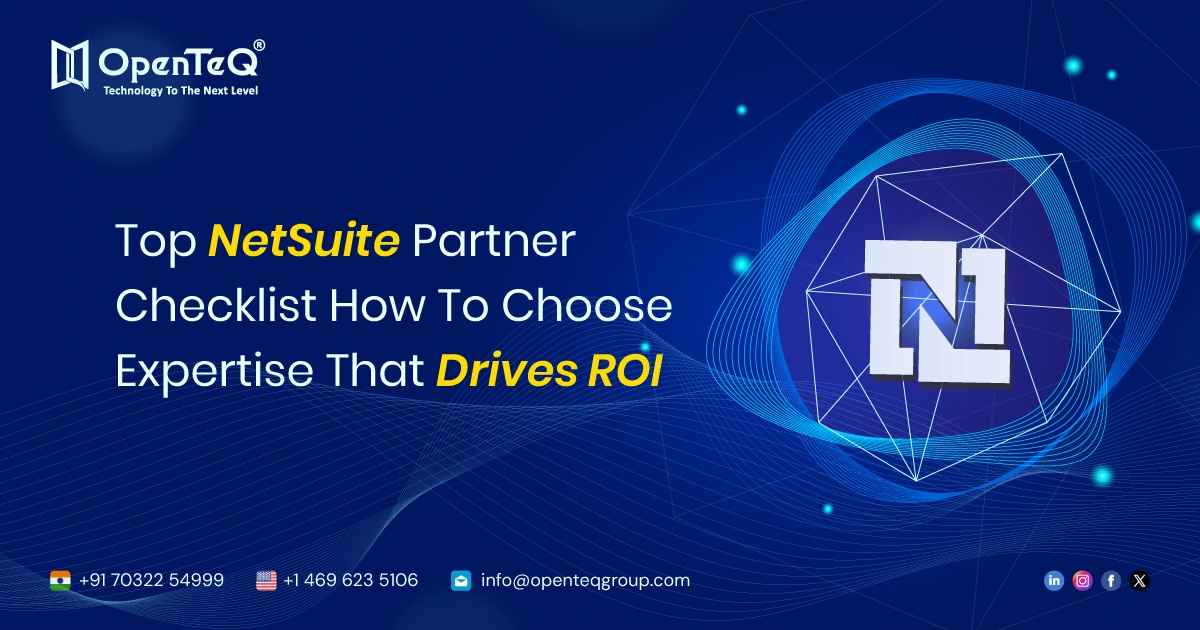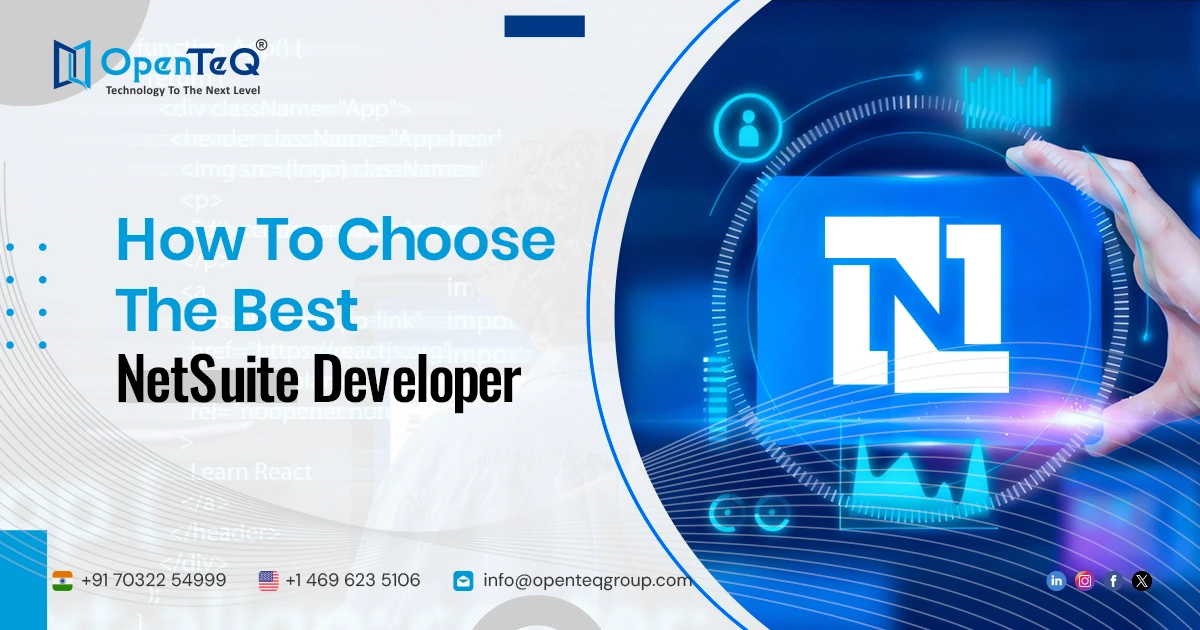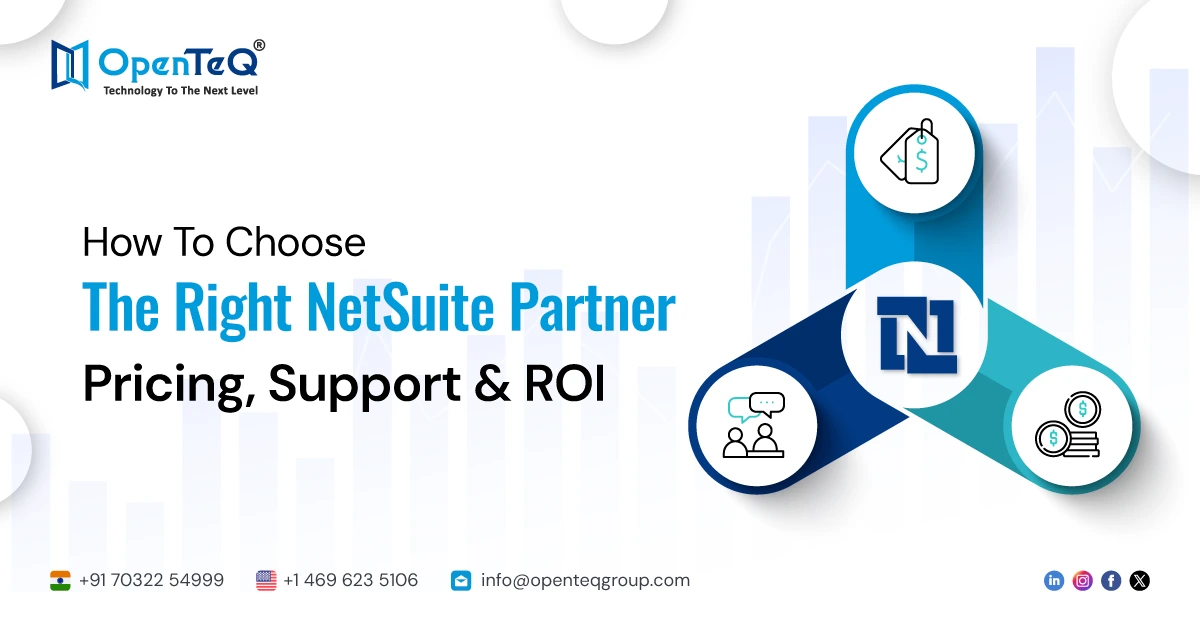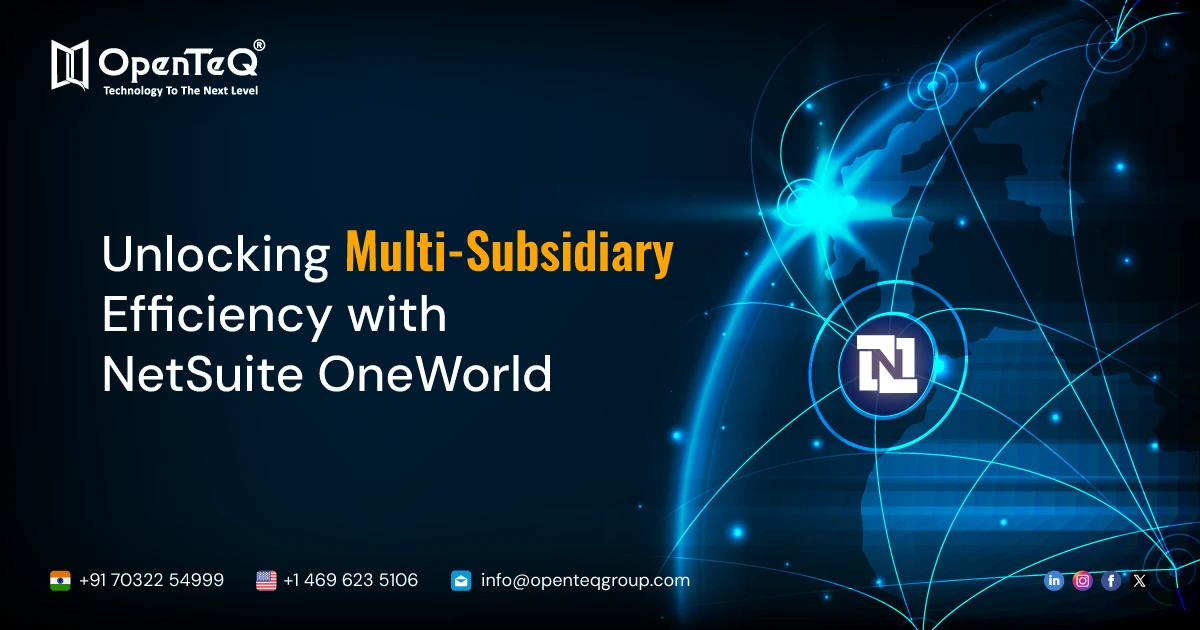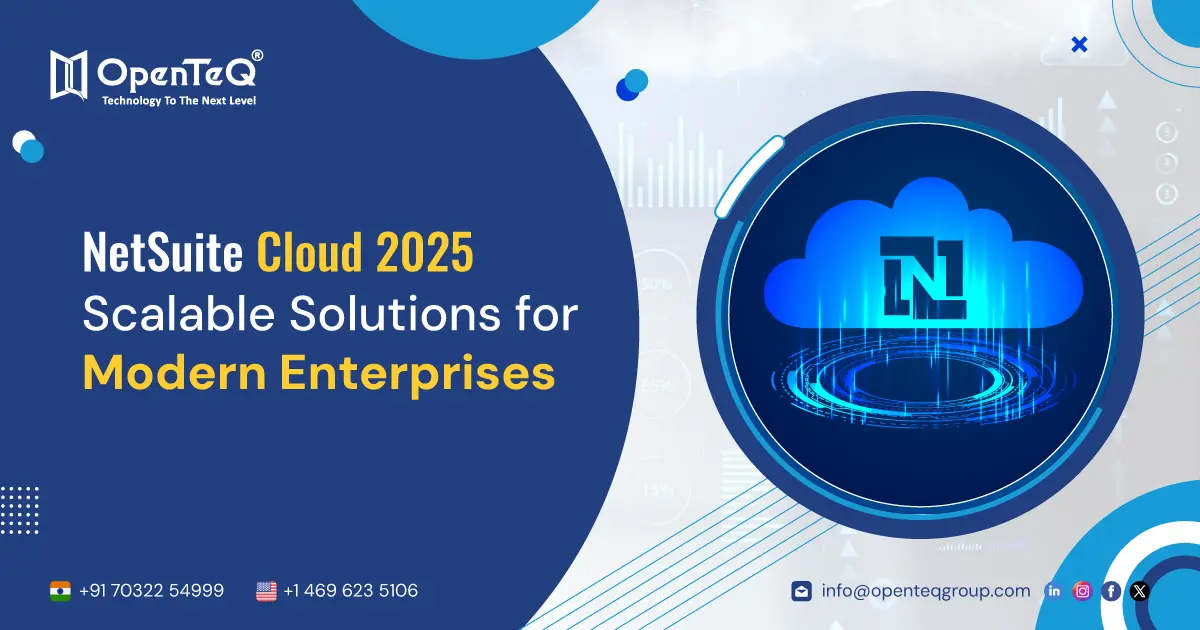By following this guide, you'll be equipped with the knowledge and tools needed to navigate the complexities of NetSuite data migration and maximize the benefits of your new system.
Let's dive in and make your data migration journey a seamless and successful one. Are you considering migrating your data to NetSuite? As your business grows, it's essential to have a robust and centralized system in place to manage your company's information effectively. However, the process of data migration can be complex and challenging, requiring careful planning and execution.
Important Actions to take While Organizing your NetSuite Data Migration
1. Define Goals and Objectives: Start by defining your goals and objectives for the data migration project. What specific outcomes do you hope to achieve? This could include improved data accuracy, streamlined processes, or enhanced reporting capabilities. Identifying your goals will help guide your migration strategy.
2. Assess Existing Data: Conduct a comprehensive assessment of your existing data. Identify the types of data you have, where it is stored, and its quality. This step will help you identify any data cleansing or transformation needs before the migration.
3. Create a Data Migration Plan: Develop a detailed plan that outlines the steps involved in the migration process. This plan should include timelines, resource allocation, data mapping, and transformation strategies.
4. Allocate Resources: Determine the resources required for the data migration project. This includes assigning a dedicated team or individual responsible for overseeing the migration, as well as ensuring access to the necessary tools and technologies.
5. Communicate and Train: Effective communication and training are crucial for successful data migration. Ensure that all stakeholders are aware of the migration process and its impact on their workflows. Provide training sessions to familiarize users with the new system and any changes in data processes.
By following a comprehensive planning process, you can set clear objectives, assess your data, and develop a roadmap for a successful data migration. The next step involves assessing and cleaning your data before the migration process.
Assessing and Cleaning your Data before Migration
Before migrating your data to NetSuite, it's essential to assess its quality and cleanliness. Poor quality data can lead to errors, inaccuracies, and inefficiencies in the new system. Here are the steps involved in assessing and cleaning your data before migration:
1. Data Assessment: Conduct a thorough analysis of your data to identify any issues or inconsistencies. This includes checking for missing data, duplicate records, outdated information, and any other data quality issues.
2. Data Cleansing: Once you have assessed your data, it's time to clean it. This involves removing duplicate records, correcting errors, standardizing formats, and ensuring data consistency. Data cleansing tools and technologies can help automate this process and ensure accuracy.
3. Data Validation: After cleansing your data, it's crucial to validate its accuracy and completeness. This can be done through data validation checks, such as verifying data against external sources or running data integrity tests.
By assessing and cleaning your data before migration, you can ensure that you are working with accurate and reliable information in NetSuite. The next step involves choosing the right data migration method for your business.
Choosing the Right Data Migration Method
When it comes to data migration, there are various methods available, each with its benefits and considerations. The right data migration method for your business depends on factors such as data complexity, volume, and your specific migration goals. Here are some common data migration methods:
1. Manual Data Entry: This method involves manually entering data into NetSuite. While it may be suitable for small amounts of data, it can be time-consuming and prone to errors for larger datasets.
2. CSV/Excel Import: If you have data stored in CSV or Excel files, you can import it directly into NetSuite. This method is relatively straightforward and can handle larger data volumes. However, it requires careful data mapping and transformation.
3. API Integration: API integration allows for seamless data transfer between systems. It provides real-time synchronization and is ideal for businesses with high data volumes or frequent data updates.
4. ETL (Extract, Transform, Load) Tools: ETL tools automate the extraction, transformation, and loading of data from one system to another. They offer advanced data mapping and transformation capabilities and are suitable for complex data migration projects.
Choosing the right data migration method depends on your specific requirements and resources. Consider factors such as the size of your data, complexity, timeline, and available technical expertise. The next step involves executing the data migration process.
Executing the Data Migration Process
Once you have planned, assessed, and cleaned your data, it's time to execute the migration process. This involves transferring your data from the source system to NetSuite. Here are the key steps involved in executing the data migration process:
1. Data Extraction: Extract the data from the source system in the desired format for migration. This may involve exporting data to CSV files or using API calls to retrieve data.
2. Data Transformation: Transform the data to fit NetSuite's data structure and specifications. This includes mapping fields, converting data types, and ensuring data integrity.
3. Data Loading: Load the transformed data into NetSuite. This can be done through the NetSuite user interface, API calls, or using data import tools provided by NetSuite.
4. Data Verification: Verify the accuracy and integrity of the migrated data. Perform data validation checks and compare the migrated data against the source data to ensure a successful migration.
5. Data Migration Testing: Conduct thorough testing of the migrated data to identify any issues or discrepancies. This includes testing data integrity, system performance, and ensuring that all data dependencies are intact.
By following these steps, you can execute the data migration process smoothly and ensure a successful transition to NetSuite. However, the migration process does not end here. The next section will discuss the importance of testing and validating the migrated data.
Exciting Partnership: OpenTeQ Joins the NetSuite Partner Network
Testing and Validating the Migrated Data
Testing and validating the migrated data is a crucial step in the data migration process. It ensures that the data has been successfully transferred to NetSuite and meets the required quality standards. Here are the key steps involved in testing and validating the migrated data:
1. Data Integrity Testing: Perform data integrity checks to ensure that the migrated data is accurate, complete, and consistent. This includes verifying data against the source system and running data validation tests.
2. System Integration Testing: Test the integration of the migrated data with other systems and processes in NetSuite. This ensures that the data is correctly linked and flows seamlessly across different modules and functionalities.
3. User Acceptance Testing: Involve end-users in testing the migrated data and its impact on their workflows. This helps identify any usability issues, training needs, or system configuration adjustments required.
4. Performance Testing: Test the performance of the migrated data by simulating real-world scenarios and workloads. This ensures that the system can handle the expected data volumes and transactions without performance degradation.
In conclusion, OpenTeQ is your trusted partner for NetSuite data migration services, offering unparalleled expertise and dedication to ensuring a seamless transition to the NetSuite platform. With a team of experienced professionals and a proven track record of successful migrations, we understand the complexities and nuances involved in transferring your data effectively. Our tailored approach, combined with advanced tools and methodologies, ensures that your data is migrated securely, accurately, and efficiently, minimizing downtime and maximizing the benefits of NetSuite for your business. Trust OpenTeq to deliver the best NetSuite data migration services, empowering you to harness the full potential of this powerful platform for your organization's growth and success.
Reach out today for robust NetSuite Data Migration services at info@opentegroup.com or contact at +91-7032254999/ +1-602 806 4634.
